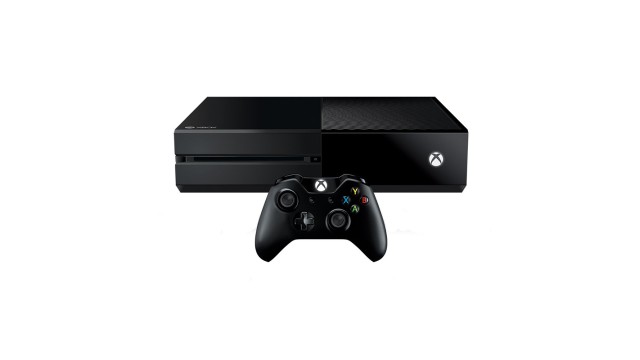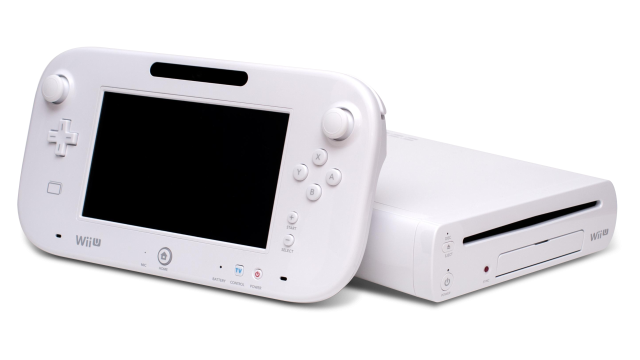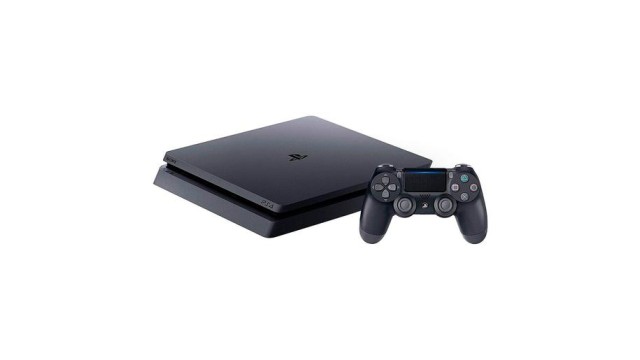
Xbox One
Launches: 2013
Generation: 8th
 Xbox One technical specifications
Xbox One technical specifications
CPU: AMD 8-core APU @ 1.75 GHz
Memory: 8 GB
 Xbox One video specifications
Xbox One video specifications
Xbox One graphics capabilities.
Video chip: AMD Radeon GCN
Video connection:
 Xbox One audio specifications
Xbox One audio specifications
Xbox One sound capabilities.
Audio chip:
Audio mode:
 Controllers of Xbox One
Controllers of Xbox One
 Xbox One games support
Xbox One games support
Support:
Xbox One games
Games library:
Xbox One story
The Xbox One, launched by Microsoft in November 2013, represents a critical chapter in the evolution of home gaming consoles. As the successor to the highly successful Xbox 360, the Xbox One was designed to enhance the gaming experience while also serving as a multifaceted entertainment hub. The console’s creation, development, launch, and market reception reflect a period of significant transition and adaptation in the gaming industry.
The creation of the Xbox One began with Microsoft’s ambition to build upon the success of the Xbox 360 while addressing the evolving needs and expectations of gamers and media consumers. The gaming landscape of the early 2010s was characterized by rapid advancements in technology and a shift towards integrated entertainment systems. Microsoft recognized that the new console needed to not only offer cutting-edge gaming experiences but also integrate seamlessly with various forms of media, including television and online streaming. This vision was guided by the growing trend of convergence in consumer electronics, where devices were expected to fulfill multiple functions beyond their primary purpose.
The development of the Xbox One involved a significant overhaul of the hardware and software architecture compared to its predecessor. The console was powered by a custom-designed AMD Jaguar processor, which included an 8-core CPU and a GPU capable of rendering high-definition graphics. This hardware setup was aimed at delivering improved performance, enhanced graphics, and a more immersive gaming experience. The Xbox One also featured an expanded RAM capacity, with 8 GB of DDR3 memory, which supported better multitasking and faster load times.
One of the most notable aspects of the Xbox One’s development was its focus on integration with other media and entertainment services. The console was designed to be a comprehensive entertainment hub, with built-in support for features like TV integration through HDMI pass-through, which allowed users to connect their cable or satellite boxes directly to the console. This integration was complemented by the inclusion of Kinect, a motion-sensing device that could track voice commands and physical movements. Microsoft envisioned the Xbox One as a central hub for home entertainment, capable of handling gaming, television, and online content through a single device.
The launch of the Xbox One was a major event in November 2013, with Microsoft positioning the console as an all-in-one entertainment system. The launch was supported by a robust marketing campaign that emphasized the Xbox One’s ability to unify various entertainment experiences. The console was released with a lineup of games designed to showcase its capabilities, including titles like “Forza Motorsport 5” and “Ryse: Son of Rome.” Microsoft also promoted features such as voice control, live TV integration, and an enhanced user interface that offered a more personalized experience.
However, the market reception of the Xbox One was mixed, and it faced significant challenges in its early years. One of the most contentious issues was the console’s initial policies regarding digital rights management (DRM) and online connectivity. At launch, the Xbox One was marketed with strict DRM policies that required an always-online connection for game authentication and limited the ability to share or resell games. These policies were met with substantial backlash from gamers and industry critics, leading Microsoft to revise its approach in response to consumer feedback. The company eventually reversed many of the controversial DRM policies, including the requirement for constant online connectivity and restrictions on used games.
Another challenge for the Xbox One was its competition with Sony’s PlayStation 4. The PlayStation 4 launched around the same time and was well-received for its focus on gaming performance and a more consumer-friendly approach. Sony’s console was seen as offering better hardware specifications and a more straightforward gaming experience, which contributed to the PlayStation 4’s strong market performance. The Xbox One’s higher price point and mixed messaging regarding its multimedia features also affected its reception. While the console offered innovative features and a strong lineup of games, the initial controversy and competition from the PlayStation 4 impacted its early success.
Despite these challenges, the Xbox One gradually improved its market position over time. Microsoft continued to refine the console’s features and software, introducing updates that enhanced performance and user experience. The company also expanded its focus on services such as Xbox Game Pass, a subscription service that offered access to a large library of games, and Xbox Live Gold, which provided online multiplayer and other benefits. These services helped to bolster the Xbox One’s appeal and attract a broader audience.
The Xbox One’s journey from creation to market reception highlights the complexities of navigating the gaming industry’s evolving landscape. Microsoft’s efforts to create an integrated entertainment system with a strong emphasis on multimedia capabilities were met with both enthusiasm and scrutiny. The challenges faced during the console’s launch and its subsequent adjustments illustrate the dynamic nature of consumer electronics and the importance of adapting to market demands. Despite its rocky start, the Xbox One’s legacy includes its role in shaping the future of gaming services and its contributions to Microsoft’s ongoing presence in the gaming industry.
Previous Microsoft console: Xbox 360
Next Microsoft console: Xbox Series X/S

